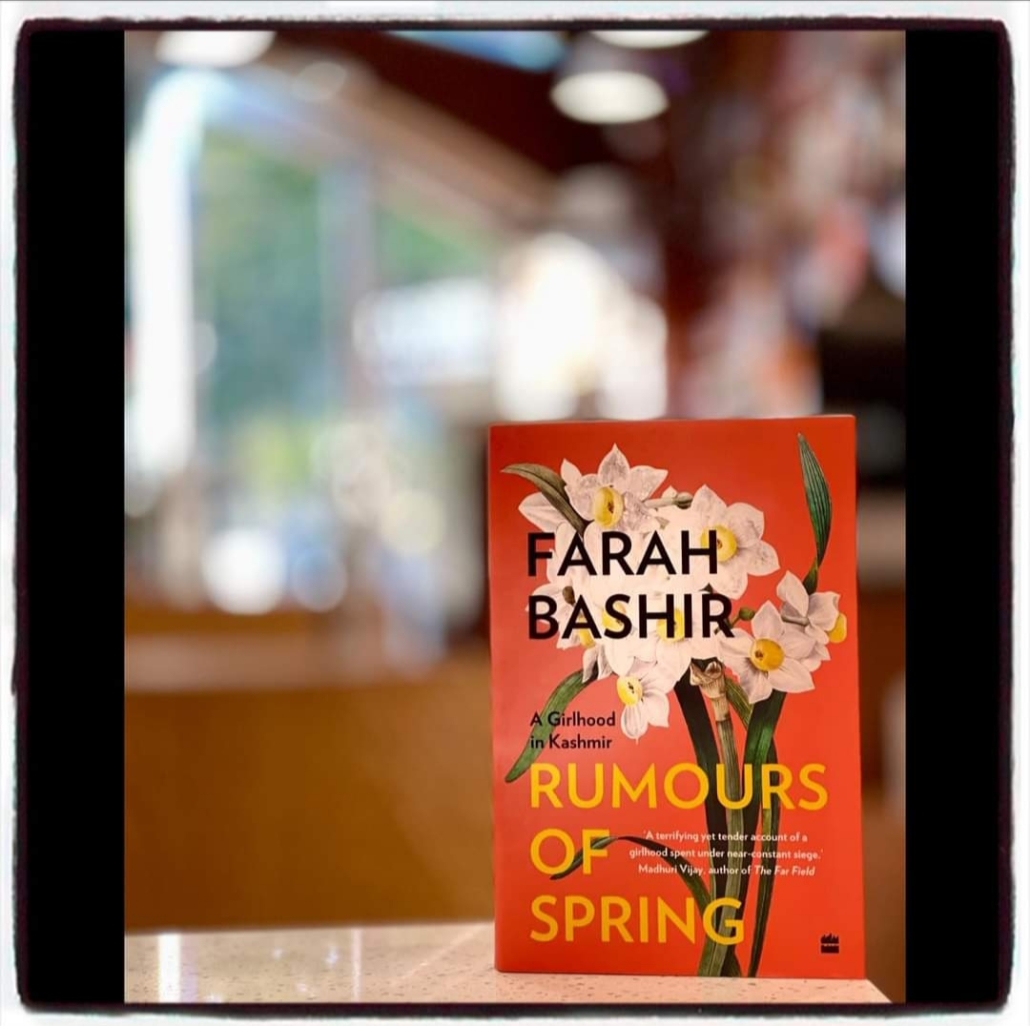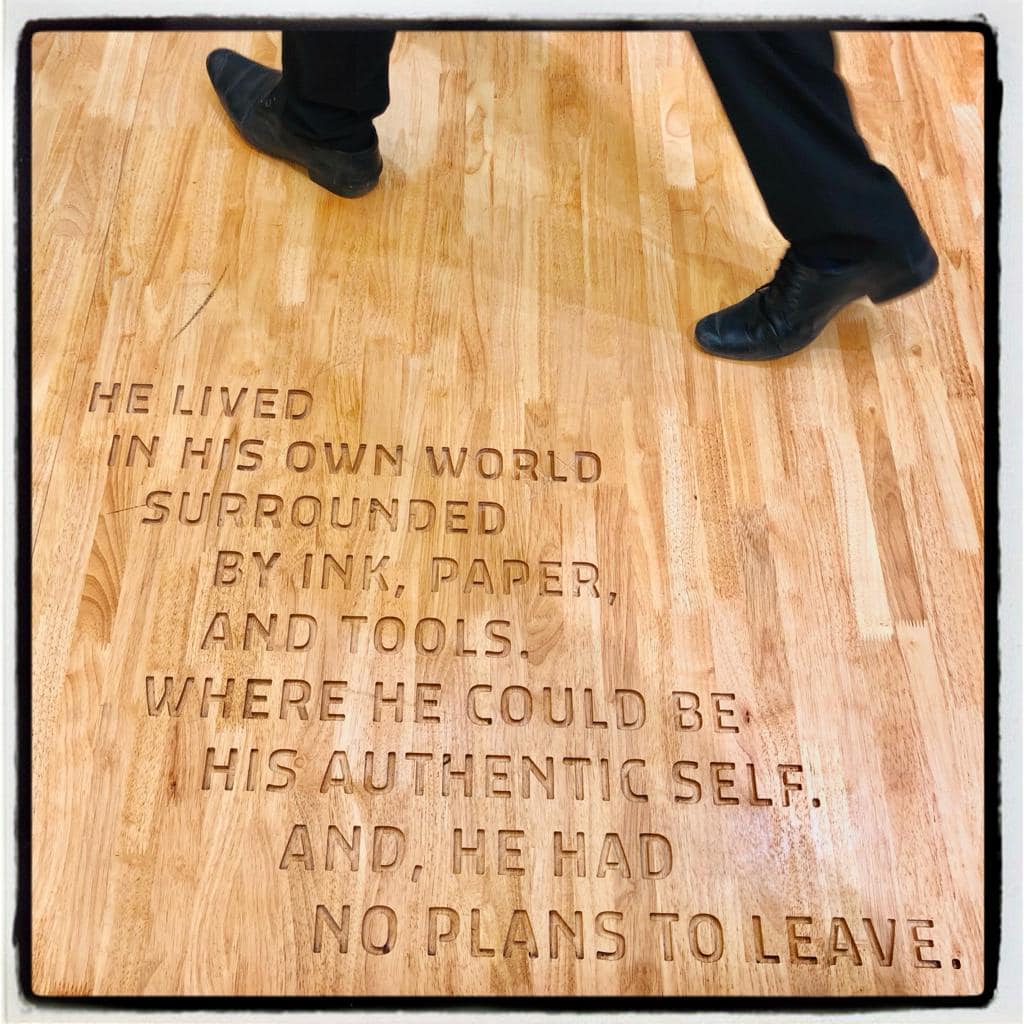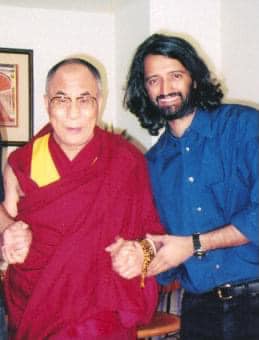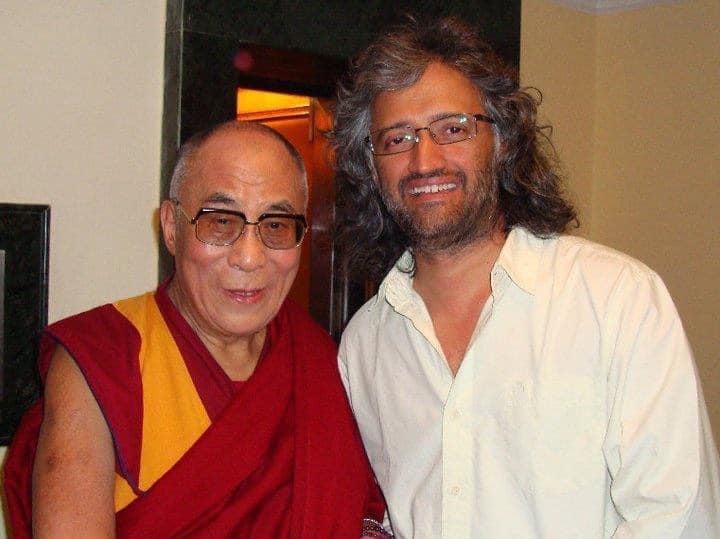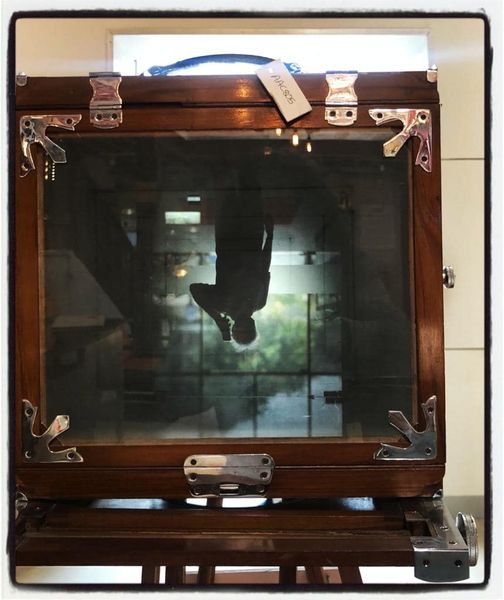By Samar S Jodha
About the photo: 20 years apart, and no prize for guessing who has aged!
Today
the 14th Dalai Lama, known as Gyalwa Rinpoche to the Tibetan people, turns 86!
In
the late 1990s, I had my first opportunity to meet him for a cover story shoot
for First City magazine.
We landed up to a warm welcome into his home in McLeod Ganj (Dharamshala) We were given precisely an hour to be with him. The writer had her questions, and I had my part in taking the pictures. No one can resist hearing and talking to this evolved soul. So, I, too, had a few questions for him; as one can imagine, it was a great experience. As many of us have heard or seen his interviews, he has a great sense of humour and the gems he delivers.
Unfortunately
(fortunately for me), it started to rain, which meant his following schedule,
his walk got seriously delayed, but the good news was he could give us more
time.
The conversation was great, and when the rains stopped, he was heading for his walk. And he asked me, would you like to come for a walk with me? And the answer was more than a Yes!
We made a few more pictures with lots to chat about and hear his great thoughts. Photography used to be a mystery then, and he wanted to know if my mission was to take just pictures or say something more. I can’t recall what kind of stupid answer I may have given. But the question remained in my head.
Years
went by, met him a few more times in private and public gatherings (I have a
good collection of scarfs given by him). It also led to him writing an essay
for a photography exhibition and a forward for the #agelessmindandspirit book.
About
a decade later, one day, I was getting out of an elevator at India Habitat
Centre in Delhi, and as the door opened, he was standing there with his staff.
Now, this is not an everyday affair to bump into His Holiness, that too at an
elevator door.
He
looked at me and said, you are that Photographer! Now let’s not forget, here is
the only man who has met hundreds of thousands of people in person (movie
stars, presidents/public figures fade away with time), and I was more than
surprised by the elephant memory he carried. And before I could respond, his
next question was, where is your camera? (This was pre-phone camera days)
One
always carried a small pocket camera, which I instantly pulled out. He asked
his assistant to take a photo of us together, and yes, with his disarming
smile.
Thankfully
I, too, was staying at the same place & got invited to see him in his room.
Yes got the signature silk scarf from him. We spoke about the #Phaneng project, the marginalised Buddhist community
and the opportunity I got to live and work on capacity-building projects with
them. He took the show catalogue and said to keep in touch (I guess we are not
on WhatsApp)
Leaving
his room on the way to the elevator, and what struck me, that first meeting a
decade before and the question he had for me, You taking pictures, or are you
trying to say something.
And the answers started to emerge. I had taken my departure from the world of Ad photography, and publishing commissions .. and turned the corner into the unqualified space of sustainability & capacity building and the role of an artist going beyond art. So at some stage in life, there is a question we need to ask. Do we qualify ourselves with education, exposure, and privileges to only survive this life’ journey? (ok, throw in the creature comforts and desires) OR are we going to go beyond the expected camera handling (in my case) and impact at least one life out there?
Yes,
the struggles, the temptation of highlife, the pressures of paying bills or the
desperation to define some obscure legacy to leave behind. Something I, too,
have struggled with, fallen a few times, but your strong sense of conviction
and perseverance can help you sail onto that journey of self-discovery.
I
don’t think one needs His Holiness (I was a fortunate one), but enough issues
are crying out for attention. It is just a matter of are we using our eyes to
hear them, wake up the compassion within, or just suffering from being
comfortably numb.
Wishing
this soul a very Happy Birthday, and thank you for inspiring this world for a
better tomorrow.
